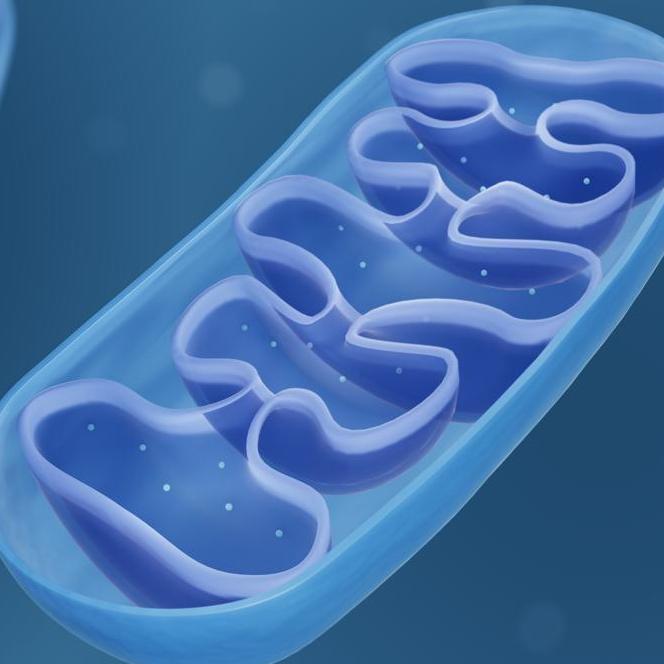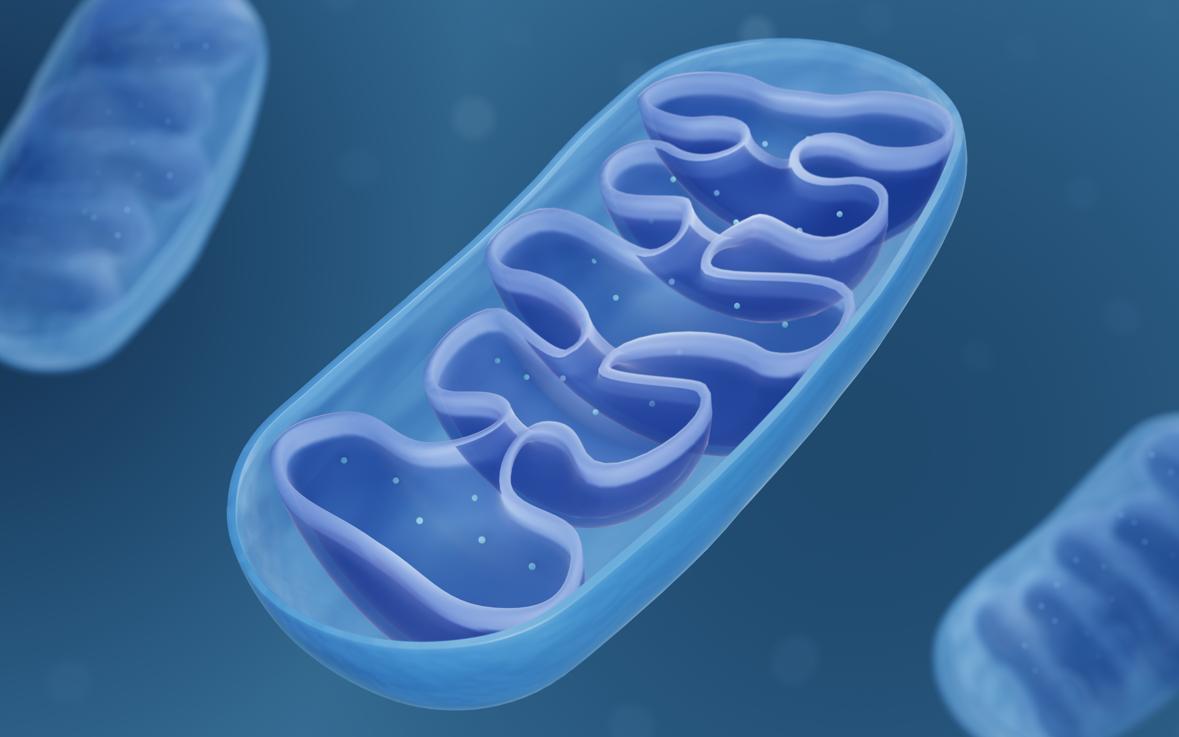-
9 Posts
-
1 Photos
-
0 Videos
-
Female
-
16/09/1995
-
Followed by 0 people
Recent Updates
-
DNA Methylation Sequencing Methods OverviewBackground Introduction of DNA Methylation Research DNA methylation is a form of DNA chemical modification that can regulate genomic function without altering the primary structure of DNA, causing changes in chromatin structure, DNA stability, and DNA protein interaction patterns, thereby affecting gene expression. The so-called DNA methylation refers to the covalent bonding of the...0 Comments 0 Shares 1K Views 0 ReviewsPlease log in to like, share and comment!
-
Principle, Process,Advantages of ChIP-SeqIntroduction of ChIP-Seq Chromatin immunoprecipitation sequencing (ChIP-Seq) stands as a cornerstone in contemporary genomics, revered for its prowess in mapping intricate protein-DNA interactions across the genome. Integrating the precision of chromatin immunoprecipitation (ChIP) with the robust throughput of next-generation sequencing (NGS), this method enables precise localization of...0 Comments 0 Shares 1K Views 0 Reviews
-
Single-Cell RNA Sequencing of MicroorganismsSingle-Cell RNA Sequencing (scRNA-seq) has been instrumental in unraveling critical insights within mammalian systems, enriching our comprehension of transcriptional diversity across cell types and states. Equally pivotal is the need to uncover expression heterogeneity at the single-cell level in bacteria and microbiomes. While scRNA-seq has made significant strides in elucidating the...0 Comments 0 Shares 2K Views 0 Reviews
-
Sample Requirements For Microbial SequencingAs high-throughput sequencing technologies advance swiftly, our comprehension of microbiota undergoes continual refinement. Microbial sequencing spans across an array of samples, ranging from the soils perched atop towering peaks to the sedimentary layers on the ocean floor's abyss. This diversity enables the investigation of microbial impacts on environmental fluctuations and the deciphering...0 Comments 0 Shares 2K Views 0 Reviews
-
Unveiling Metagenomic Insights into the Carbon CycleWhat is Microbial Carbon Cycle? The Earth boasts a staggering annual production of over 5 × 10^9 tons of plant residues, primarily composed of polymers like cellulose, hemicellulose, polysaccharides, and lignin. The decomposition of these organic remnants constitutes a vital cog in the organic carbon balance, particularly in Soil Organic Carbon (SOC), within terrestrial ecosystems. SOC...0 Comments 0 Shares 3K Views 0 Reviews
-
The Applications of Bioinformatics in Microbial TechnologyBioinformatics is a discipline developed on the basis of biology, mathematics and computer science. It effectively acquires and analyzes biological data such as nucleic acid sequences and protein structures, so as to conduct comprehensive and accurate biological analysis. Bioinformatics is an extremely important tool to study the microorganisms, which are widespread and highly varied. In...0 Comments 0 Shares 3K Views 0 Reviews
-
Single Nucleotide Variants AnalysisSingle nucleotide variants (SNVs) occur when a single nucleotide in the DNA sequence (e.g., A, T, C, or G) is altered. SNVs are the most common type of sequence change in the human genome and play an important role in disease susceptibility and an individual's response to therapy. There are many sources of endogenous and exogenous damage that result in single base pair substitution...0 Comments 0 Shares 3K Views 0 Reviews
-
Long-read Sequencing for Crop Genomics and ImprovementOverview The advent of long-read sequencing technologies has led to tremendous advances in crop genomics, and they help researchers provide comprehensive sequence data by detecting high-quality reference genomes. These advances provide reliable gene editing design options for crop improvement and can be used to validate constructs, confirm edits, and assess off-target effects....0 Comments 0 Shares 3K Views 0 Reviews
-
0 Comments 0 Shares 700 Views 0 Reviews
More Stories





